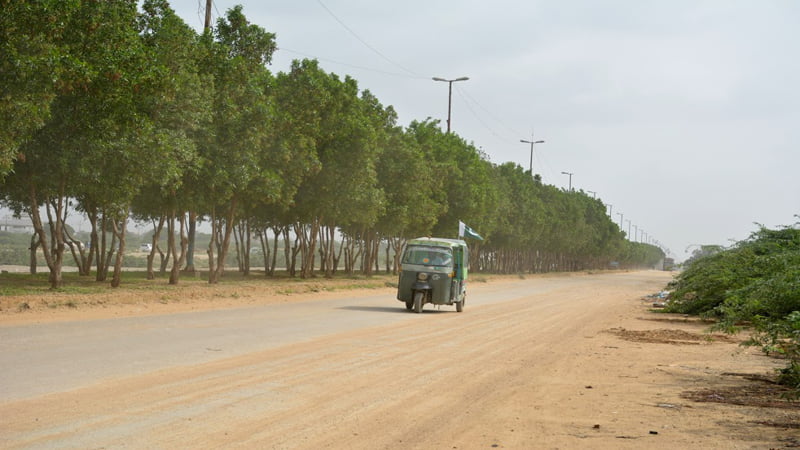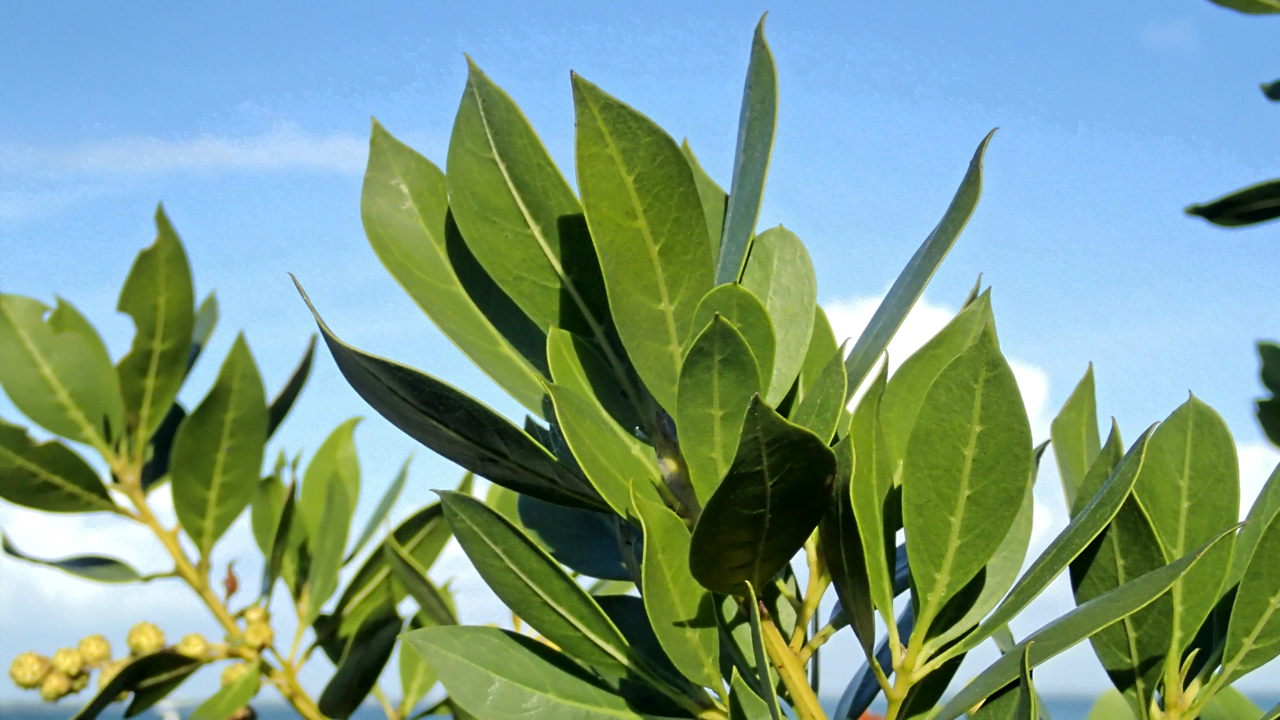Pakistan is ready for the largest Plantation campaign on this 14th August to fight increasing temperature, pollution in an effort to conserve natural resources. People are teaming all around the country for this country-wide effort to assure Green-Pakistan for future generations.
Among the many species of plants being grown, Conocaprus – a mangrove plant is most widely used and equally controversial as well. May concerns have been raised by health, environment and conservation advocates about this wide use of Conocarpus. Due to this country-wide plantation campaign, Conocarpus is also a hot topic among masses. To clear the myths and facts about this plant, we discussed it with experts of Health, Environment and Plant Sciences to form a conclusion about the plantation of Conocarpus.
Conocarpus Produce Allergens
Conocarpus does produce pollens and twice a year. These pollution are the potential allergens that can cause some ill effects like the allergy to some people. A study conducted by researchers of the Department of Botany in the University of Karachi found that the number of Asthma patients was higher in September to October. “The percentage of Conocarpus species were most frequent from months September to October and likely to be the causative agents of Asthma.” Says study.

The same study identified total 12 species causing similar ill effects on the health of citizens of Karachi which includes Amaranthus viridus (jungli cholai), Atriplex stocksii, Salsola imbricata (lana), Conocarpus (buttonwood), Cynodon dactylon (lawn grass), Sorghum helepense (baru), Secale cereale (rye), Prosopsis juliflora (kekar), Plantago ovata (ispaghol), Chenopodium album (bathwa), Eucalyptus sp. (sufaida) and Acacia nilotica (babul).
About the significance of the research, Dr Qaiser said: “Earlier, there was no data available on airborne pollen and spores in Karachi in relation to allergic patients. The findings of the study can be translated into a bigger achievement if the private and public sectors take an initiative and invest in manufacturing indigenous drugs for the treatment of various pollen allergies.”
Based on the data available in the above study, Conocarpus cannot be alone complained of the allergenicity and other health effects. Other plants species are causing the similar damage to human health and considerable data about these are available is available.
Conocarpus Cause no Harm to Air Oxygen
It is believed by few people that Conocarpus sucks the oxygen from the air and cause breathing issues. We asked this to Plant Scientist from Environmental Sciences Department of COMSATS University Islamabad, Dr. Raza Ahmed Chisti “No plant sucks oxygen in the day, it occurs in all plant during the night and Conocarpus is no different”.
Becuase pollens in the air cause asthma problems to people, they tend to believe that this breathing issue is due the low oxygen and high carbon in the air and they ultimately blame the Conocarpus for this.
Environmentalist and Gardener Dr. Ahmad Zia said, “Conocarpus has no role in consuming O2. Like all other plants, it consumes CO2 and releases O2.” He further added that “As far as greenery concerns, Conocarpus is a great plant with good abilities to reduce heat and absorb CO2″
Conocarpus Sucks more Water from Ground
This is a fast-growing all-seasons plant specie which is why it was widely used by Government departments and public as well. Dr. Raza Ahmed said, “When the plant grows fast, it will require more resources (Water, CO2) and ultimately sucks more water from ground-water reserves to meet needs”
Over plantation of this single specie may cause damage to ground reserves of water. Conocarpus sucks more water from the ground as compared to other native species. Over plantation of Conocarpus is detrimental to our water. Dr. Raza Ahmed said, “In arid regions of Pakistan, where water is already scarce, native species like Sheesham and Mulberry must be preferred”
Conocarpus Damages the Infrastructure
This one is true and the reason why it is banned in the Arab countries including Qatar, UAE and Kuwait. These countries imported this native plant and cultivated it in large amount to produce greenery in Urban areas. But guess what, this wasn’t that plant. “It is not an Urban Plant and must not be used as the primary plant of a certain area due to its abnormal Root Growth,” Says Dr. Ahmad Zia
Because the roots of Conocarpus grow horizontally also to trace water. This cause the severe damage to roads, pavements, buildings and service pipes. To avoid this issues, it is being banned in the countries where it is not native.
Conocarpus is bad for Birds
A plant that bears no edible fruit is not what birds prefer. Some birds like sparrows can be seen housing it but majority dislikes it. But the problem is not the Conocarpus in this case. It’s the monoculture. Whenever you grow a single in the large amount, those birds which habitats other plant species migrate from such area.
Karachi, in which they grow 2.2 Conocarpus only, is a nice example to study to out-flow of bird flocks from such area. Planners must plant several species together to conserve the wildlife also. Besides birds, honeybees are also not much attracted towards these plants. ” Growing a single species of plant, regardless of specie, it can be harmful to the environment in any aspect,” Says Dr. Ahmad Zia
Advantages and Disadvantages of Conocarpus
Pros
- Evergreen Shrubby Tree
- Highly Drought and Heat Tolerant
- Can be used for Share, Wood, or as Noise Barrier
- Can be used to Make Barrier Hedge in Lawn
- Great Plant for Bonsai Art
- Can grow in almost any type of the Soil
- Can be pruned into shapes or Shade according to the requirement
- Very Good Plant for Reforestation, and Countering Global Warming
Cons
- Provides no fruit or flowers for beauty
- Bear pollens twice a year that can be allergic
- This plant has nothing for Indigenous Birds, Bees or Squirrels
- The extensive Root system that can Damage Infrastructure
- Uses the large quantity of Underground water
Should be Stop Planting Conocarpus?
Growing any plant specie without proper “plant quarantine” study can be harmful to the environment. “We don’t have data about the hosting of dangerous pests by Conocarpus which wasn’t here before”, Says Dr. Raza Ahmad. Government and environment advocacy groups must sit together and formulate a policy on this with the help of researchers.
The public must avoid Conocarpus until the government decides. You can choose from native plant species like Neem, Gul Mohr, Sheesham etc. Besides this, make sure not to grow a single specie.

Leave a Reply